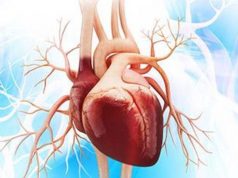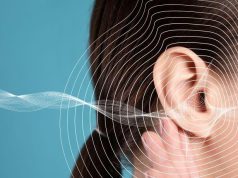Presence of saccule abnormality or asymmetric perilymphatic enhancement and incomplete vestibular aqueduct visualization optimizes MRI diagnosis
By Elana Gotkine HealthDay Reporter
THURSDAY, March 7, 2024 (HealthDay News) — Absent, enlarged, or confluent saccules are the best predictors of Meniere disease (MD) on delayed postgadolinium magnetic resonance imaging (MRI), according to a study published online Feb. 7 in European Radiology.
Steve Connor, from King’s College London, and colleagues conducted a retrospective single-center, case-control study examining delayed postgadolinium MRI of patients with menieriform symptoms. Seventeen MRI descriptors of MD were evaluated by two observers, and perilymphatic enhancement (PLE) in the cochlea was quantified. Definite MD ears were compared to control ears. The combination of MRI descriptors that would best predict MD ears was determined; and the area under the receiver operating characteristic curve (AUC) for this model was assessed.
A total of 227 patients with 96 definite MD ears and 78 control ears were examined. The researchers found the best performance for the presence of saccular abnormality (absent, as large as, or confluent with the utricle), with a diagnostic odds ratio of 292.6. Excellent reliability was demonstrated by all vestibular aqueduct descriptors, with diagnostic odds ratios of 7.761 to 18.1. Overall, 90.2 percent of cases were correctly classified by combining these saccular abnormalities with asymmetric cochlear PLE and an incompletely visualized vestibular aqueduct (sensitivity, 84.4 percent; specificity, 97.4 percent; AUC, 0.938).
“The radiologist should focus on these three highly performing descriptors in combination when reporting delayed postgadolinium MRI, to best corroborate the diagnosis of MD,” the authors write.
One author is an employee of Siemens Healthcare.
Copyright © 2024 HealthDay. All rights reserved.








